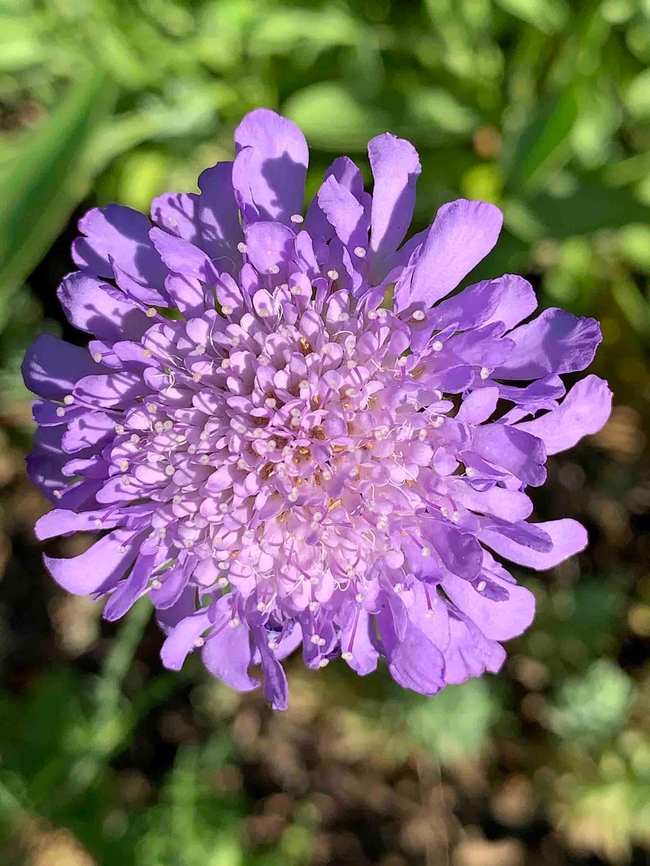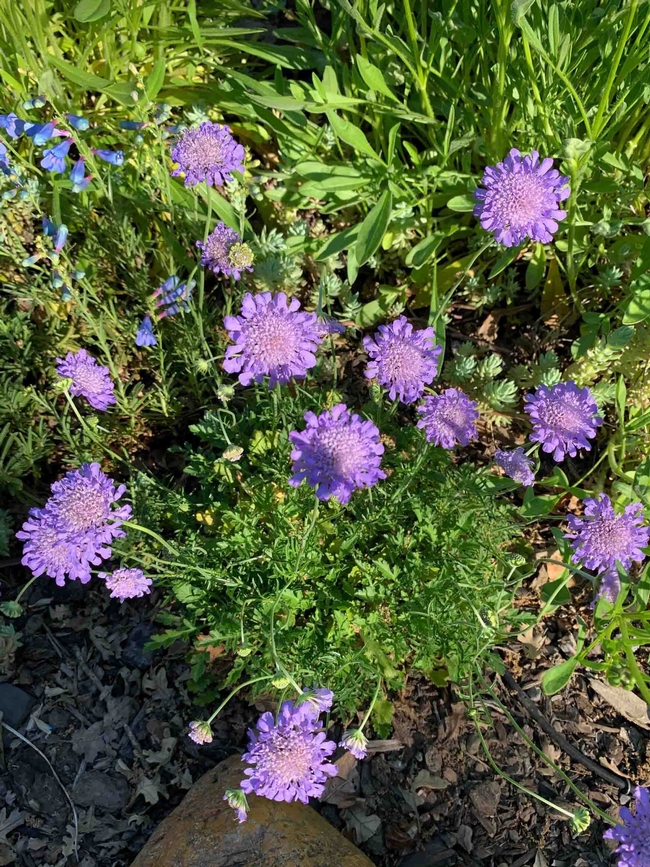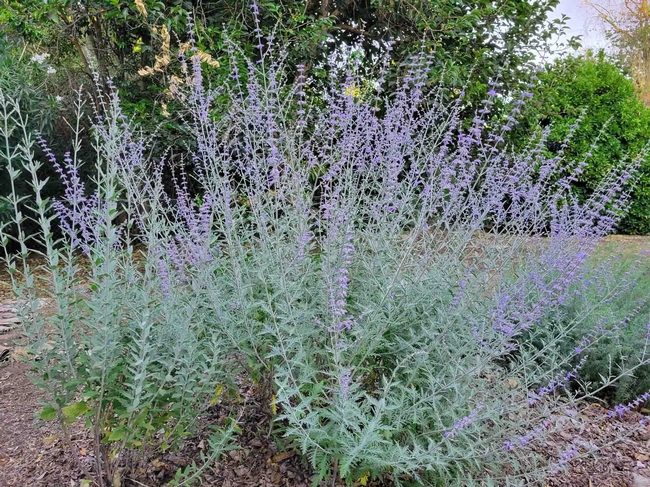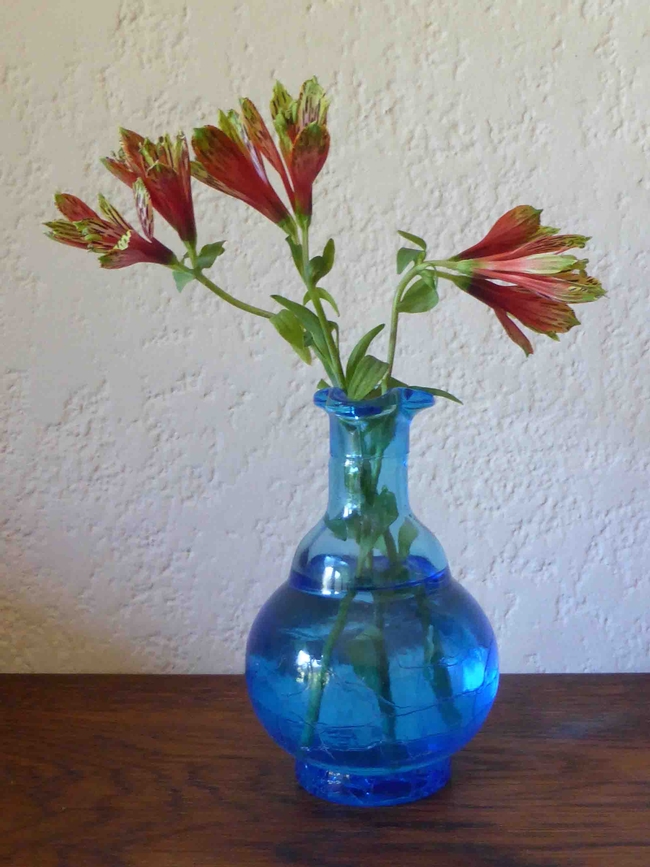Given the right conditions, some seemingly mild-mannered plants can become garden thugs, invading entire yards and even moving on to the rest of the neighborhood. We may all have heard stories about the bamboo or mint that threatened to take over a garden, but there are other potentially nasty plants lurking out there. In the interest of saving others from the anguish of dealing with unexpectedly invasive plants, our local Master Gardeners (MGs) volunteer the following tales of their own (often on-going) battles with particular members of the plant kingdom.

Morning glories have proven to be tenacious fighters in many gardens. In particular, the perennial morning glory (often labeled “Heavenly Blue” or “Blue Dawn Flower”) can cover entire buildings, and grows so fast you'd swear you could see it growing while you watched it. One Chico MG reports that it took years to eradicate it from her yard – vines were still emerging in her shady side yard ten years after she had dug it up from the roots in an attempt to permanently dispose of it. A Durham MG had the same experience.
More than one MG in Chico has engaged in battle with Mexican feather grass Stipa tenuissima (formerly known as Nasella tenuissima). They were attracted to the way its flower stalks “shimmy” so charmingly in the breeze. But that lovely movement with the wind aids the plant's dissemination. One feather grass victim notes that “after a couple of years I noticed small seedlings in many places around my lot. As the plant is drought tolerant, the seedlings did well even if they didn't receive any supplemental irrigation. Where there was supplemental irrigation, they were especially plentiful. After about a year of constantly pulling unwanted seedlings, I finally removed the mother plants. Three years later, I'm still pulling unwanted seedlings.” Another MG notes that “in Chico, it can take over the neighborhood, especially where bare ground is showing.”

Russian Sage has proven to be very invasive in the Chapmantown yard of a Chico MG, who reports that “it sends up shoots the full length of my house.” Trying to keep it contained by cutting it just encourages the plant to send up more shoots.
Shady Chico yards provide the ideal conditions for the spread of a nearly evergreen species of alstroemeria, the Peruvian Lily A. psittacina. Its dark red flowers marked with green and blotched with dark purple appear in early summer and early fall; the two-foot-tall foliage provides useful ground cover during the winter and dies back in mid-summer. But don't be fooled! Over time this alstroemeria will move into every shady area in a yard and even colonize sunnier locations. It travels by tuberous rhizomes which develop in clusters. Because it is impossible to dig up every single tuber in these clusters, the plant is impossible to eradicate. A Chico MG with a very shady yard knows she will be battling this ultra-vigorous plant for the rest of her life.

Up in Paradise, an MG planted one yellow flag iris (pseudacrus) ten years ago in a semi-shady location with spring water available all year. She now has an area eight feet long and four feet wide filled with these plants, which die to the ground in cold weather. “The roots are enormous,” she says, adding that “it would require a back hoe to dig them out.”

The bottom line: Think twice (or three times) before planting these potential garden invaders!
For a list of common invasive plants and some suggested alternatives to them, go to the PlantRight website.
UC Master Gardeners of Butte County are part of the University of California Cooperative Extension (UCCE) system. To learn more about us and our upcoming events, and for help with gardening in our area, visit our website. If you have a gardening question or problem, email the Hotline at mgbutte@ucanr.edu (preferred) or call (530) 538-7201.